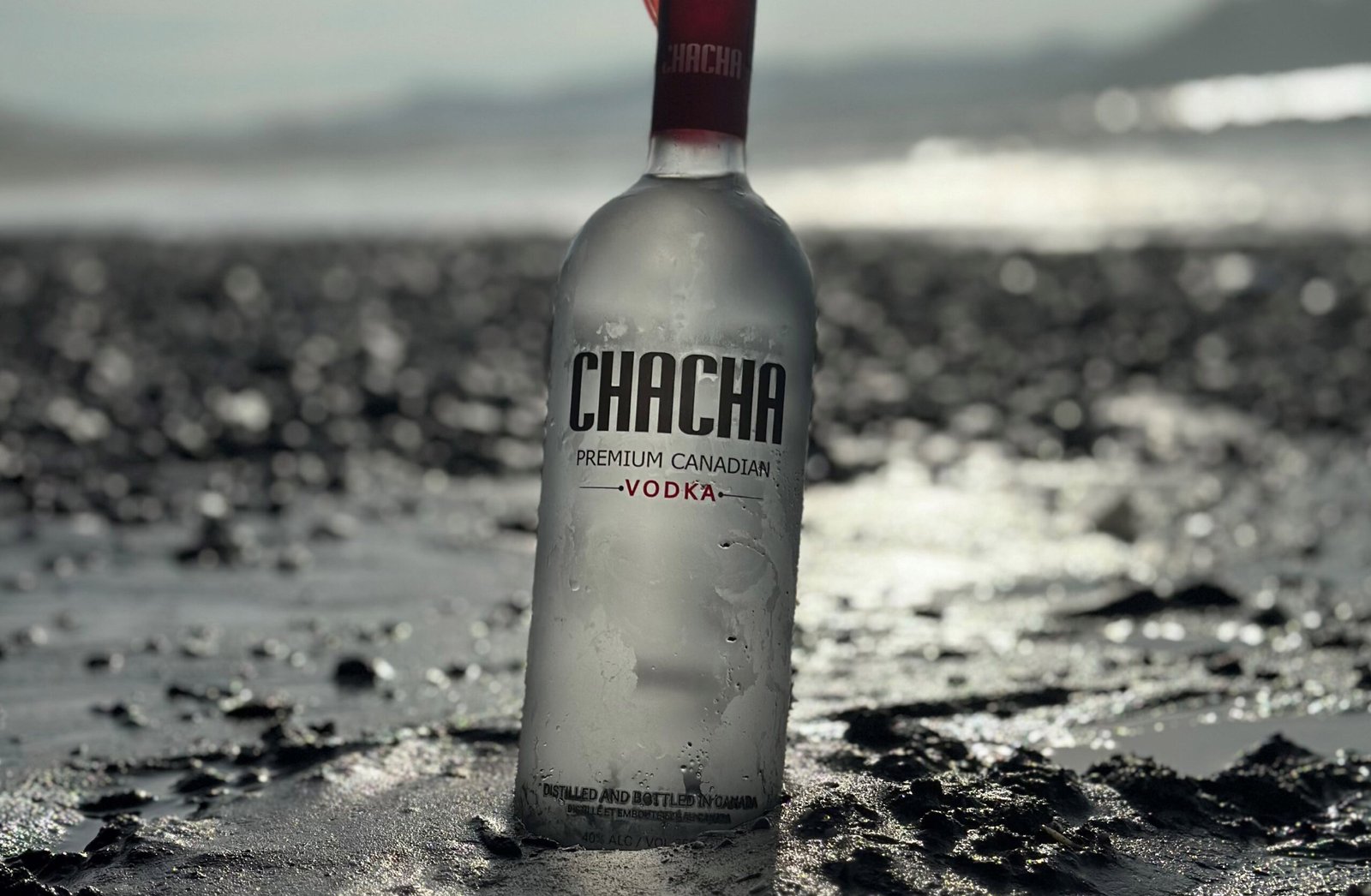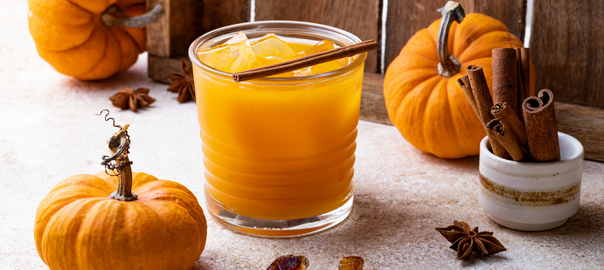LCBO (Liquor Control Board of Ontario) regulates the sale and distribution of alcohol in Ontario, Canada. The laws and regulations that govern the LCBO are part of Ontario’s broader alcohol control policies. Below are key aspects of the LCBO’s laws and regulations:
Vodka Canada Alcohol:
1. Legal Alcohol Age
- The minimum legal drinking age in Ontario is 19 years old.
- Proof of age may be required when purchasing alcohol, and LCBO staff are required to check identification if a customer appears under 19 years old.
2. Retail Vodka Sales
- The LCBO operates retail stores that sell a wide range of alcohol products, including wine, beer, and spirits.
- Private retailers, such as licensed grocery stores, are also permitted to sell wine and beer but must comply with LCBO regulations.
- LCBO Hours: Typically, LCBO stores operate between 10 AM and 10 PM. However, hours may vary based on location, holidays, or special regulations.
3. Licensed Establishments
- Restaurants, bars, and other establishments require a license to serve alcohol. These licenses are issued and regulated by the Alcohol and Gaming Commission of Ontario (AGCO), not the LCBO directly, but LCBO supplies these establishments with alcohol.
- Licensed establishments must adhere to strict regulations regarding alcohol service, including refusing service to intoxicated customers and following hours of service, typically 9 AM to 2 AM.
4. Special Permits
- Special Occasion Permits (SOP): Required for events where alcohol will be served and is not already covered by a licensed venue (e.g., weddings, festivals, fundraisers). Permits are issued by the AGCO.
- Catering Licenses: Businesses catering events where alcohol is served must also comply with LCBO regulations and often need an SOP for each event.
5. Pricing and Promotion
- Alcohol pricing in Ontario is tightly controlled by the LCBO. The LCBO sets minimum prices for alcohol, and it’s illegal to sell alcohol below these prices.
- The LCBO regulates promotional activities. For example, there are restrictions on happy hours and discounted alcohol offers. Promotions must not encourage overconsumption or irresponsible drinking.
6. Importing Spirits
- Individuals are allowed to bring alcohol into Ontario for personal use, but there are limits. For example, travelers can bring up to 1.14 liters of spirits or 9 liters of wine without incurring duty if purchased abroad and within 48 hours of return.
- Any alcohol exceeding these amounts requires payment of duties and taxes.
7. Online Sales and Delivery
- The LCBO offers online ordering and delivery services within Ontario, including same-day delivery in some areas.
- Alcohol delivery services, such as those offered through grocery stores or third-party apps, are permitted but subject to LCBO rules. Customers ordering online must still meet the legal drinking age requirement, and age verification is required at the point of delivery.
8. Social Responsibility
- The LCBO emphasizes the responsible consumption of alcohol through programs like “Deflate the Elephant” (addressing drinking and driving) and partnerships with organizations that promote safe drinking habits.
- Staff at LCBO outlets are trained to refuse service to customers who appear intoxicated or underage.
Canadian Premium Vodka is


 new memories with your friends and family. Awesomely enough, CANADA DAY is Monday so we get a long weekend, woooooo!
new memories with your friends and family. Awesomely enough, CANADA DAY is Monday so we get a long weekend, woooooo!